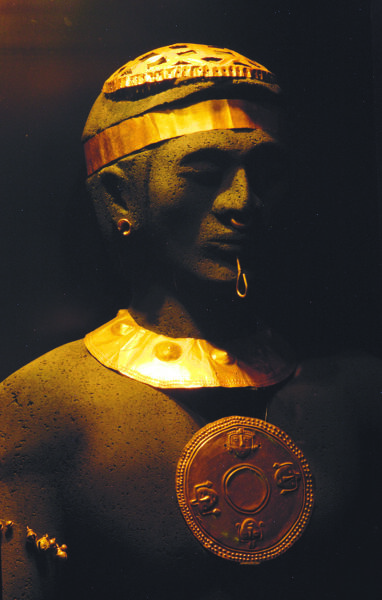
A Walk Through the History
TALAMANCAN INDIGENOUS
Costa Rica’s Caribbean has a natural barrier that separates it from the rest of the country, the Talamanca Mountain Range, lands inhabited for centuries by different indigenous tribes organized in clans, tribes among which there were constant strife to maintain power and supremacy.
Through history, Talamanca has been witness to numerous threats, fights and heroic acts that have stopped many attempts to dominate and colonize it. The harshness of the tropical forest, its climate and its abrupt mountains, along with a people firmly resolved not to be subdued, kept the Bribris and Cabecares faithful to their beliefs, their language and their customs.

COLONIAL TIMES
When in the year 1502 Christopher Columbus arrived on this coast, in his fourth expedition to the Americas, the Tariaca tribe was the one that exercised domain over the Bribris, Cabecares, Terrabas and Guaymies. The attempts of the newly arrived to colonize and to extract the supposed gold that awaited them in Talamanca, as well as their attempt to evangelize was fruitless due to the strong opposition from the indigenous tribes that, in the year 1709, under the leadership of Pablo Presbere rose up in fight expelling them and liberating the natives confined in the missions.
Thus, during colonial times the Spaniards showed little interest for the area of the Caribbean, given the difficult access from the Central Valley.

FIRST AFRICANS IN COSTA RICA
Starting in the XVII century colonists settled down in the Caribbean coast, in the Matina area, and the cacao trade became the base of the local economy, an activity that would bring Limon another trade, the slave trade. Men and women were brought from Equatorial and Western Africa, mainly from Congo and Angola, from the Bantu group. Others were Araras of the Dahomey Kingdom (Benin), Wolofes (Guinea), Mandinga (Gambia), Puras of Sudan and Ashanti of Ghana.
Subjected to the hardest jobs the Africans always accompanied the Spaniards in the discovery of new territories and in the establishment of the first populations. Little by little they won their freedom until the abolition of slavery in Central America in 1823, by that time a mix of the races had taken place already among Africans, Indigenous and Caucasian activating the links among the different ethnic groups.

PIRATES AND MISKITOS
The difficulty to establish ports and populations in the Caribbean for the Spanish Crown, facilitated the arrival to this region for indigenous of the Misquitia and English pirates and corsairs, among them the feared Henry Morgan, all of whom found here a good refuge thanks to its calm waters and bays protected by reefs. They came closer to this coast in search of booties; they plundered the cacao of the plantations to sell it in England and captured the natives to sell them as slaves in the sugar cane plantations in the islands of the Caribbean.
Some remains of sunken ships, like those that remain in Cahuita, are the testimony of that piracy period. There are also numerous legends of hidden treasures and spirits that guard them.
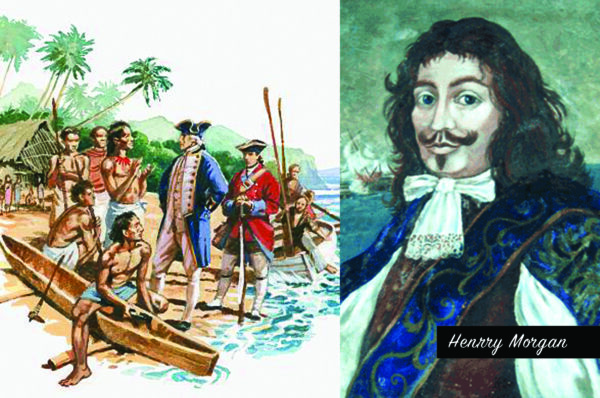
TURTLE FISHERMEN
Starting on the year 1750, turtle fishermen began arriving on the coast, coming from Bocas del Toro in Panama and Nicaragua, some of Afro-Caribbean origin and the others Misquito Indians. They raised provisional camps that were used during the fishing season, from March to September, and they sowed for their subsistence coconut, yucca, banana and yam that were harvested in the following season.

In 1828 one of those fishermen, William Smith, decided to settle down permanently in the area, along with his family, and he made one of the camps, located at Tip Cahuita, his definitive dwelling. This Afro-Caribbean was followed by others that settled down along the South Caribbean. Many arrived with their families and other married with Talamanca indigenous, starting a mixing of the races that carries on until today as a characteristic of the population.
At this time everything revolved around turtle fishing, which was harpooned on foot from their cayuco and sold in Bocas del Toro. Since 1850 the number of Afro-Caribbean families that arrived from other points of the Caribbean started to grow, and later they would be joined by the Jamaican workers when the railroad construction was finished.
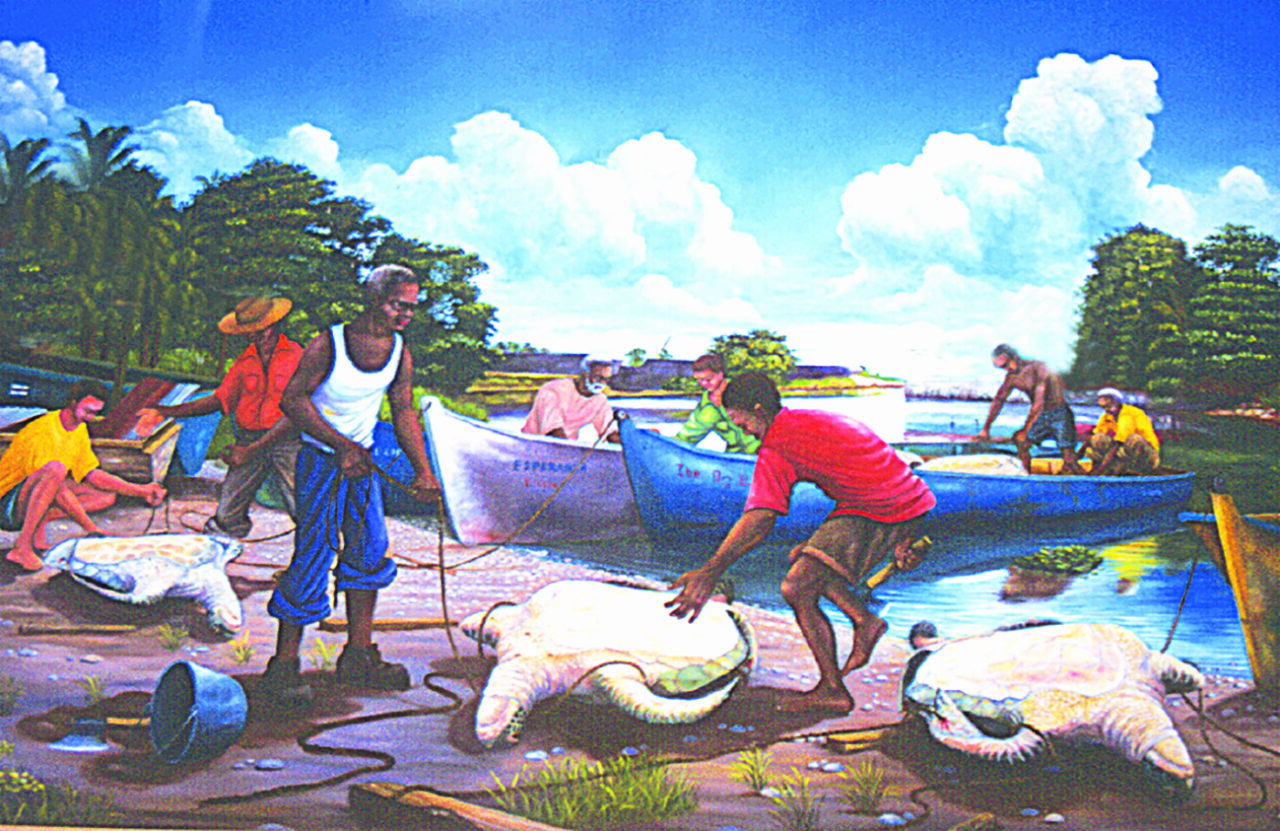
AFRO-CARIBBEANS AND THE RAILROAD
In the year 1872 construction of the railroad that would join San Jose would unite with the Caribbean coast began in Limon, a project that would require a lot of manpower and physical resistance, so that it became necessary to recruit foreign manpower.
The first immigrants arrived from the Caribbean, Honduras, Panama and Belize, but later on they would make it in larger numbers from Jamaica. On December 20, 1872 the first ship coming from Kingston arrived to the port of Limon, ¨Lizzie¨, with 123 workers for the company. One year later there were 1000 the Jamaican workers, in their majority of Ashanti origin.
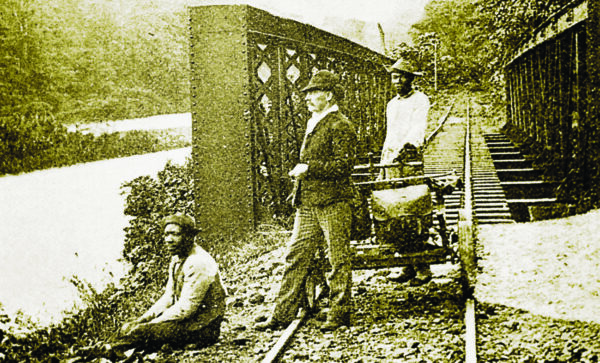
The relationship between the Afro-Caribbean and the State was incidental since returning to his or her land was in the mind of the Jamaican, maintaining a cultural connection with his o her country. But when the railroad was concluded the financial crisis forced many to stay and to work in agriculture of subsistence settling in small parcels along the strong line. Later the banana exploitation would arrive, work for which the Jamaicans were already habituated. The Antilleans would form roots in a new land, maintaining their Afro-British customs and marking a great cultural difference with the rest of the country.

FOREIGN COMPANIES IN TALAMANCA
Arrival of International Companies transforming into banana properties the territories of lower Talamanca, and their plans to extract the natural resources of the region forced the natives again to show their unconformity and to oppose the expropriation of their lands, causing another rebellion under the leadership of Antonio Saldaña, the last king of Talamanca, who died in 1910 poisoned under strange circumstances.The spoliation attempts continued until in 1977 when, under the indigenous law n. 6162, the Indigenous Reservations of Talamanca were created together with the International Park La Amistad which conform the biggest extension of protected areas of the country.

TOURIST DEVELOPMENT
At the end of the past XX century a new arrival of travelers and tourists takes place, mainly from Europe and the United States whom, attracted by the natural beauties and the tranquil form of life of their inhabitants, find their own earthly paradise here and settle opening small business, causing a new impulse in the local economy and creating what today is an important tourist infrastructure.
A development that tries to go of hand in hand with the environment, with the ecological conscience of its residents that have seen that the wealth of this region doesn’t reside in the petroleum but in its rich biodiversity that together with the ethnic wealth of its people make Costa Rica’s Caribbean so special and unique.
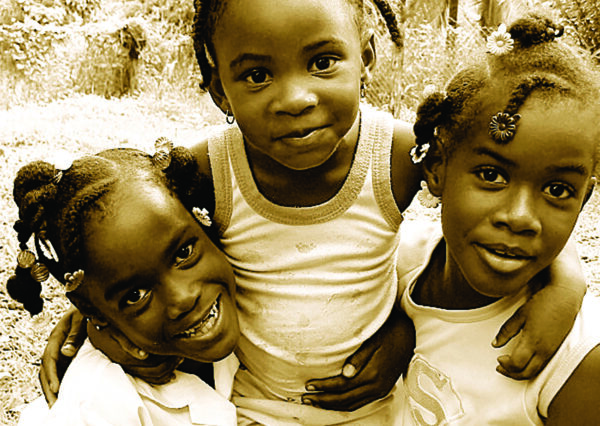

Fotos de Paco Salmerón y del archivo del Museo Nacional de Costa Rica
Texto de Juan Carlos Lorite y Paco Salmerón